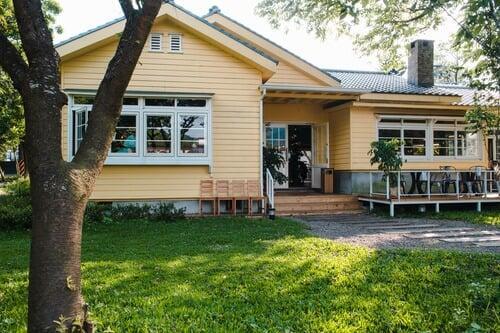| Table of Contents |
| 1. What is an ADU? |
2. Benefits of Building a Permitted ADU |
| 3. Understanding California ADU Permit Requirements |
| 4. How to Overcome Zoning Hurdles for Your ADU |
| 5. FAQ |

What is an ADU?
An Accessory Dwelling Unit (ADU) is a secondary housing unit on a single-family or multi-family residential lot. Commonly referred to as granny flats, in-law units, or backyard cottages, ADUs provide an affordable and efficient way to add livable space, generate rental income, or house extended family.
In California, ADUs have become a major component in tackling the state’s housing crisis. New statewide laws have streamlined the permitting process, encouraging homeowners to build legal ADUs on their property.
✅ Benefits of Building a Permitted ADU
- Building a permitted ADU in California offers numerous benefits:
Increased Property Value: A legally permitted ADU adds substantial value and appeal to your property.
Rental Income: Generate consistent passive income by renting out your ADU.
Housing Flexibility: Accommodate aging parents, adult children, or guests comfortably.
Legal Protection: Permits ensure your ADU complies with local safety, zoning, and building codes.
Financing Opportunities: Legal ADUs are eligible for financing, refinancing, and potential tax deductions.
Understanding California ADU Permit Requirements
To build a permitted ADU, California homeowners must adhere to statewide guidelines and local zoning ordinances. Here’s what you need to know:
1. Eligibility & Zoning
Most single-family and multi-family lots are eligible for ADUs.
Zoning laws now allow at least one ADU and one Junior ADU (JADU) per lot.
2. Types of ADUs
Detached ADU – A stand-alone structure.
Attached ADU – Connected to the primary residence.
Garage Conversion – Converts existing garage space into a livable unit.
JADU – A smaller, integrated unit within the existing home, up to 500 sq. ft.
3. Size & Setbacks
Up to 1,200 sq. ft. for detached ADUs.
No minimum lot size requirement.
Setbacks: 4 feet from the rear and side property lines.
4. Permit Process Overview
Site Plan Preparation
Architectural and Engineering Plans
Submit Application to Local Building Department
Plan Review & Revisions
Building Permit Issuance
Construction & Inspections
🔧 Common ADU Permit Mistakes to Avoid
- Skipping city consultation before starting design
Assuming your ADU doesn't need a permit
Not hiring licensed professionals
Ignoring local utility hookup rules
Underestimating timeline and costs

